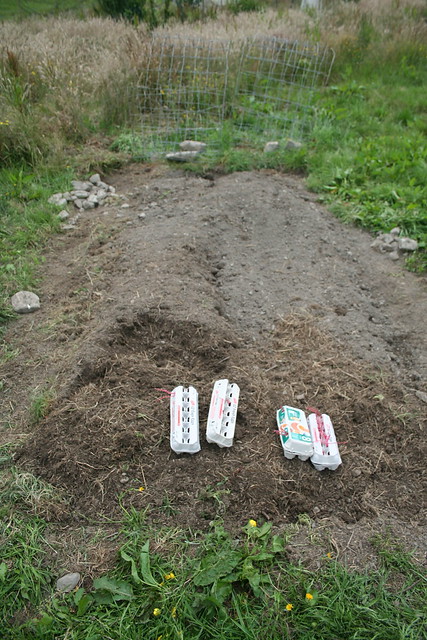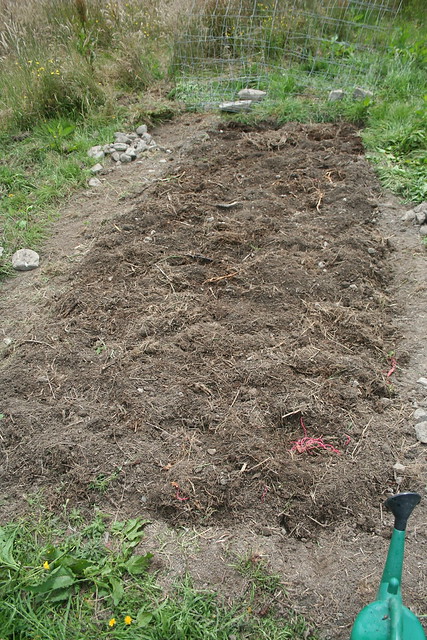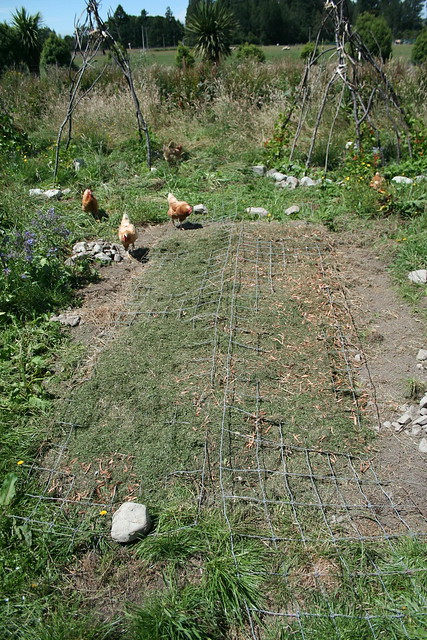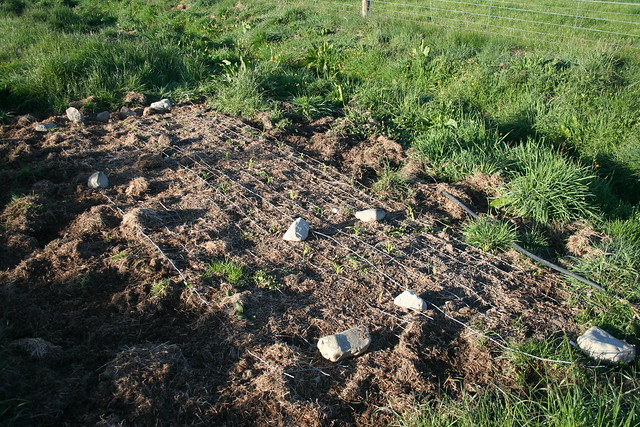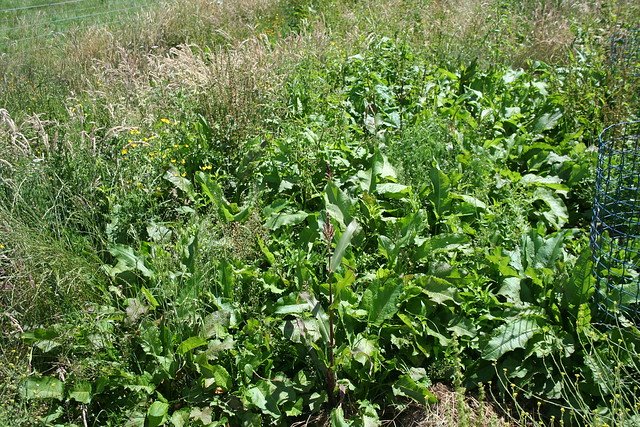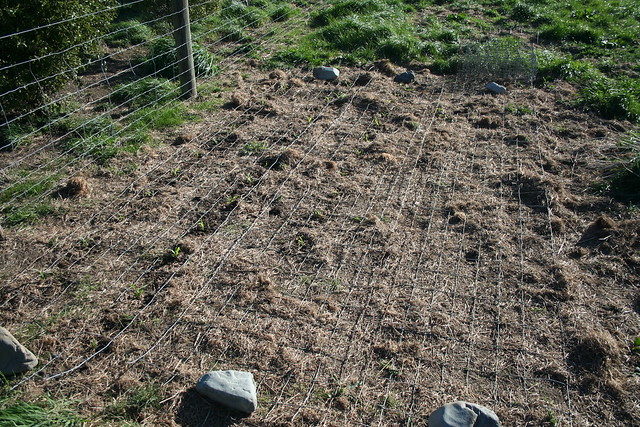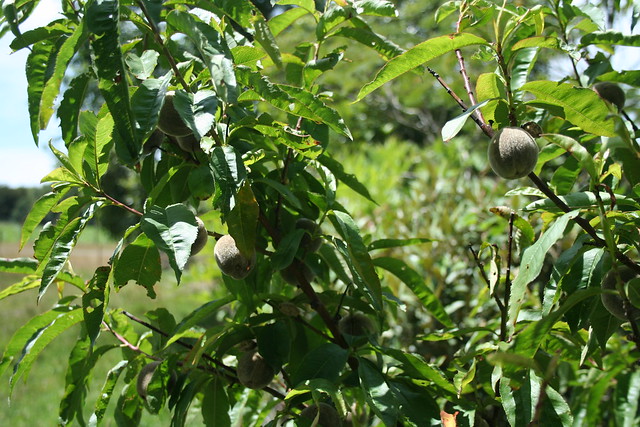Yam/oca planting Summer 2016
Last year's yam (or oca if you do not live in New Zealand) planting, resulted in a poor harvest. The tubers were badly attacked by grubs or beetles or whatever likes the taste of yams. There were only enough for one small meal, and to keep for the next year's planting. Following "internet advice" I dipped the damaged/partially eaten tubers in wood ash, and they kept and sprouted as well as any that were stored intact.
As I don't expect a great harvest this year either, I'm trying out some more "internet advice". The tubers I have are descendants of some bought several years ago at Mitre 10, if I recall correctly.
This is the prepared ground with yams in storage vessels (egg cartons). It was cleared several months ago, and compost spread over it, and the chickens have been coming and going and scratching it up since then. The wire netting will be laid over top and prevents the chickens from scratching the garden beds. If you're considering unfenced chickens and planting garden beds which they can scratch around the verges of, but not in, you'll need to lock them away from when the bed is prepared until the netting is laid.
This is the bed planted out, with one sprouted tuber still uncovered. The tuber itself has shrunken and been used for producing the long sprouts.
And finally, the bed covered. The chicken fencing on the coop was opened some time earlier, and the chickens tend to follow anyone around with a tool, having learnt it means they can get underneath it and scratch. They've since scratched around the edges of the bed, but were unable to actually scratch in the bed itself.
This bed I will be weeding, and the growth of the yams will likely make the netting problematic. So at some stage, the covering of netting will need to be removed, and a fencing solution that will exclude the chickens will most likely be needed.
